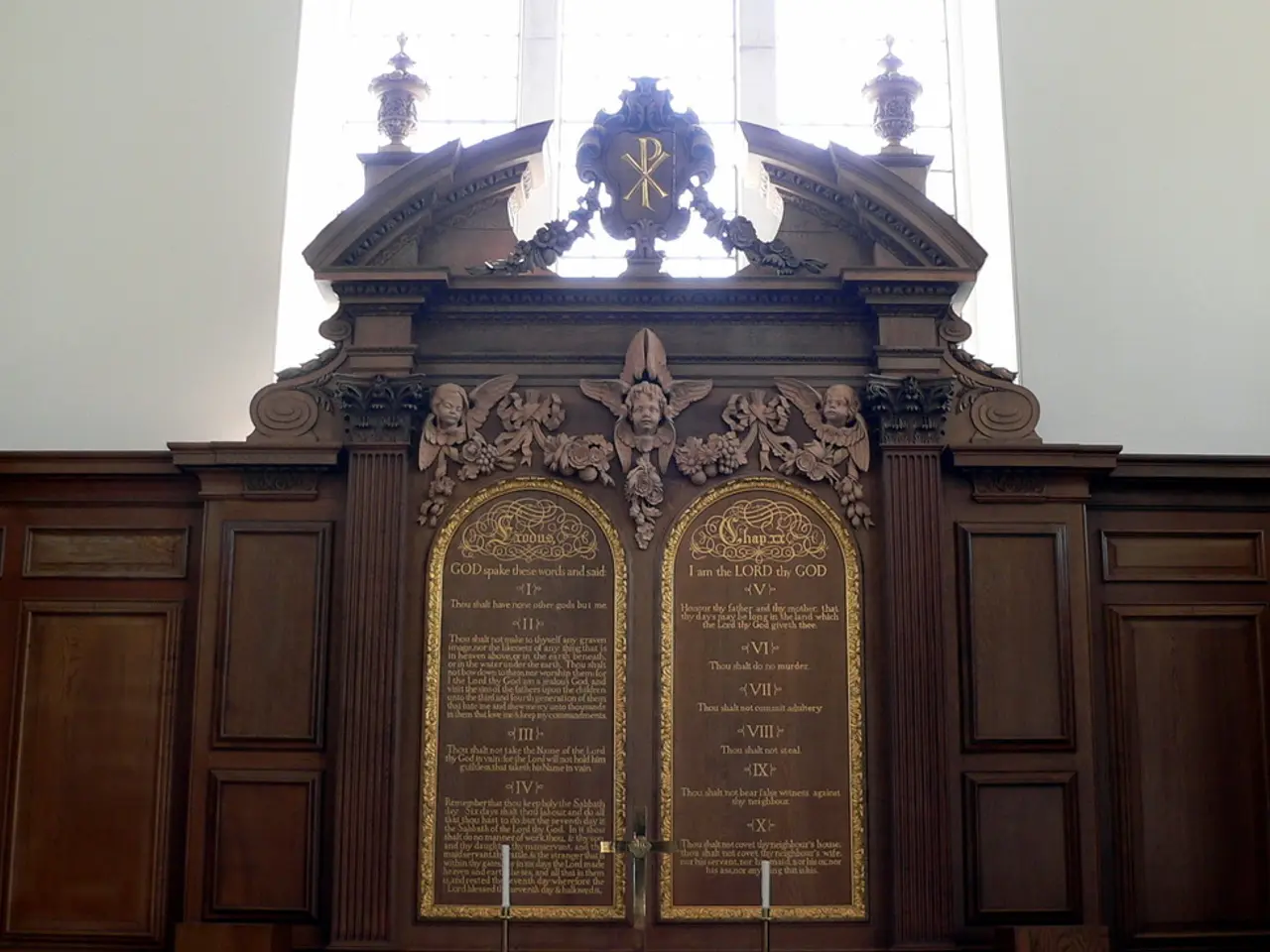Exploring Simplicity in Depth: 'Cycladic Art' Unveiled at The Metropolitan Museum of Art
The Metropolitan Museum of Art in New York is currently hosting a remarkable exhibition, 'The Leonard N. Stern Collection on Loan from the Hellenic Republic,' featuring 161 pieces of Cycladic antiquity. Hailing from the Cyclades, a group of islands in Greece that developed a common culture in the late Neolithic era, these marble sculptures date primarily to the Early Bronze Age (circa 3000–2000 BCE).
Leonard N. Stern, a passionate collector, began assembling his collection in 1983. Over the next four decades, he acquired 161 pieces, including iconic female figurines, vessels, and other artifacts. The collection, now property of the Hellenic Republic, provides broader access to Cycladic Art than ever before, with resources now at the fingertips of the eight million people who live in New York City and the tens of millions who visit each year.
The exhibit highlights what can be learned and appreciated now about the sculptures, including their construction and influence in both ancient and modern times. The abstract, geometric style of these sculptures has captivated both scholars and modern artists, influencing movements such as 20th-century modernism.
Many sculptures in the exhibit are of women, standing with their arms crossed over their midsection. These figures, initially discovered in the 19th century, have an expressionless face, with wedge-shaped noses. The sculptures were once painted with a variety of colours, a practice known as polychromy. Under direct light, they emit a luminous halo around the figure, seemingly stemming like a soul from inside the sculpture.
The evolution of the sculptures in the exhibit, from abstraction to anthropomorphization back to abstraction, follows the islands they were found on. Some sculptures have been repaired and repainted, outside of a funerary context, such as a small figurine whose leg was reattached. Others were purposely broken, suggesting a religious ceremonial importance.
The exhibit at the Met is a partnership between The Metropolitan Museum of Art, the Ministry of Culture of the Hellenic Republic, and the Museum of Cycladic Art in Athens. It marks a significant chapter in the ongoing dialogue about ancient art, provenance, and international cultural collaboration. The presence of Cycladic art at the Met is not new; however, the Stern Collection’s prominence and the circumstances of its acquisition and exhibition have sparked scholarly discussion about provenance, the ethics of collecting ancient art, and the role of major museums in preserving and interpreting heritage.
This collection intersects with broader initiatives to document and promote Cycladic art globally. For instance, Greece and the Museum of Cycladic Art have announced plans for a global digital database of Cycladic antiquities and a related research center, with future public initiatives planned at the Metropolitan Museum of Art. The sculptures have also influenced many famous artists, such as Pablo Picasso and Amedeo Modigliani.
In conclusion, the Cycladic sculptures from the Stern Collection at the Metropolitan Museum of Art offer a unique lens into ancient Aegean civilization and its artistic legacy. Their display represents a fusion of private passion, public stewardship, and international cooperation, while prompting important conversations about heritage, legality, and the global sharing of culture.
- The Stern Collection's 161 Cycladic antiquities, now exhibited at The Metropolitan Museum of Art, were collected by Leonard N. Stern from the late Neolithic era islands of Greece, providing New Yorkers and visitors with a rare opportunity to appreciate and learn about this ancient culture.
- These marble sculptures, primarily from the Early Bronze Age (circa 3000–2000 BCE), include iconic female figurines, vessels, and other artifacts that have influenced modern art movements such as 20th-century modernism.
- The exhibit highlights the abstract, geometric style of the sculptures, their construction, and their impact on both ancient and modern societies, with many pieces emitting a luminous halo under direct light due to the historical practice of polychromy.
- The partnership between The Metropolitan Museum of Art, the Ministry of Culture of the Hellenic Republic, and the Museum of Cycladic Art in Athens for this exhibition marks a significant step in the ongoing dialogue about ancient art, provenance, and international cultural collaboration, intersecting with broader initiatives to document and promote Cycladic art globally.




